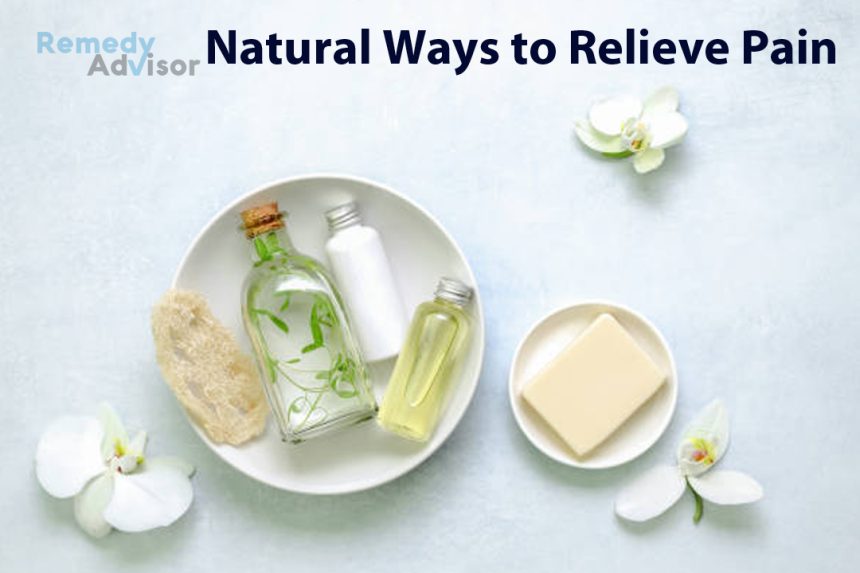For many people, reaching for pain relievers is as instinctual as eating. Hungry? Go to the refrigerator and grab a bite. Pain? Swallow a pill. But pain pills have their costs. Acetaminophen (Tylenol, Panadol, etc.) is known to cause liver damage. Non-steroidal anti-inflammatory drugs (NSAIDs), such as naproxen (Aleve) and ibuprofen (Advil, Motrin, etc.), can cause gastrointestinal bleeding and impaired kidney function. They can also inhibit cartilage repair in the knees, hips and other joints. In addition to being addictive, Lortab, Percocet and other narcotic painkillers can cause drowsiness and clouded thinking. The muscle relaxant cyclobenzaprine (Flexeril) has been linked with dizziness, rash, arrhythmia and even convulsions.
In certain cases, the risks posed by these adverse reactions are offset by clear benefits. When pain is especially severe, nothing can replace the merciful relief of medication. But for run-of-the-mill discomfort tension headache, ankle sprain, joint stiffness, back pain and postsurgical pain it’s often better to skip drugs and opt instead for natural treatments.
Ice may seem old-fashioned, but it remains one of the best natural painkillers. It’s great for back pain, aching, swollen joints and headache. It reduces congestion, improves blood flow and promotes healing. A bag of frozen peas works as well as an ice pack, and it can be refrozen and reused many times. Usually a 10-minute application, two or three times each hour, is effective.
If headaches are your problem, drinking lots of water is often all that’s needed. In particular, tension headaches and “toxic” headaches from drinking too much alcohol or consuming too much caffeine respond well to “hydrotherapy.” Have eight ounces of water every 10 minutes for one hour. Make sure a bathroom is handy before starting this remedy!
For acute sprains, strains and scrapes, bruises and other minor trauma, nothing beats arnica. This homeopathic remedy available in health food stores and now many drugstores reduces bruising and pain. Unless you are accident-prone, a single vial costing less than $10 should last several years. I recommend arnica in 30C potency typically two pellets one to three times daily, for up to seven days.
For tendinitis and sciatica and to speed recovery from surgery I often recommend bromelain. This natural anti-inflammatory agent an enzyme derived from pineapple stimulates the breakdown of inflammatory compounds at the injury site. Bromelain is available in capsules at health-food stores and pharmacies. The typical dosage is 250 mg one to four times daily. Bromelain is off-limits for people with high blood pressure.
Boswellia serrata (frankincense) has a long tradition as an arthritis treatment in India and the Middle East. Though human studies on this herb are inadequate, the clinical experience of many practitioners myself included has been extremely promising. I routinely recommend Boswellia as a substitute for NSAIDs in cases involving back pain, arthritis, inflammatory joint pain and acute muscle and bone injuries. Even with long-term use, Boswellia does not seem to cause the gastrointestinal bleeding and pain that can be a problem with NSAID use.
Boswellia can be found in health food stores. Look for Boswellia alone, or combined with ginger and turmeric, two additional herbal pain relievers that are easy on the stomach. The typical dose is 300 mg of Boswellia, three times a day, as needed for pain.







